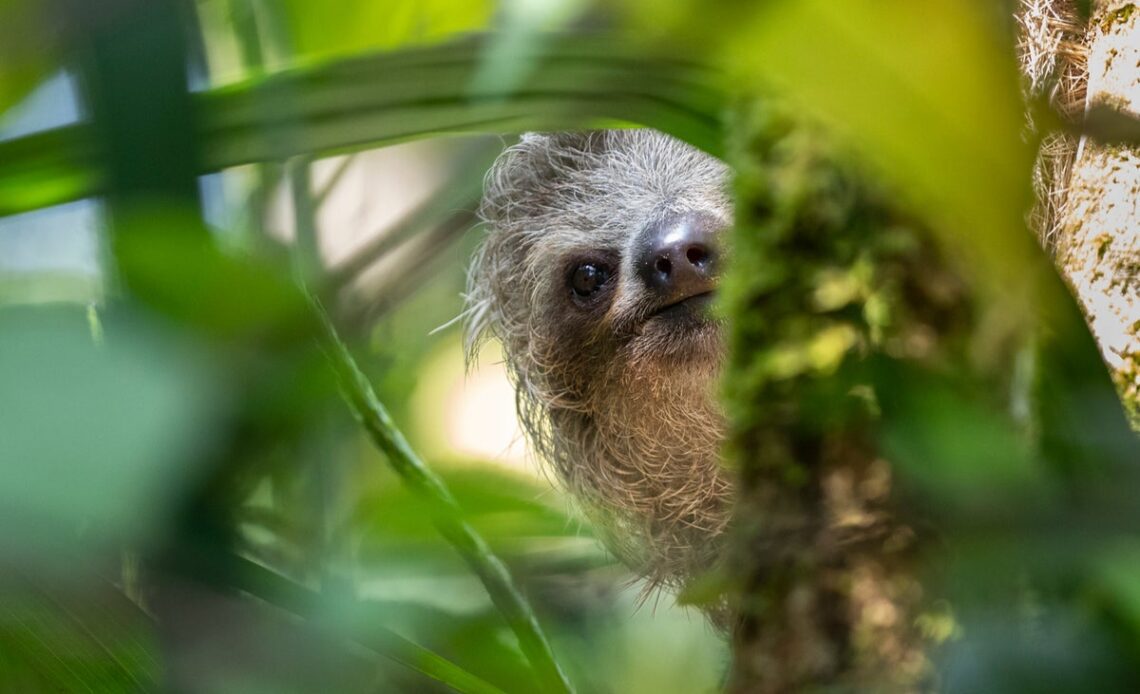Cloud forests trilling with toucans, waterfall-dripping canyons, steaming volcanoes and two oceans-worth of long, sweeping beaches. Few countries pack in as much sheer beauty into such a tiny space as Costa Rica. It’s smaller than Scotland yet its forests and seas teem with wildlife: jaguars in Corcovado National Park, turtles by the million in Tortuguero, whales calving off the coast in Manuel Antonio. And visits are comfortable experiences, with modern, slick hotels in all budgets, widely-spoken English and directs flights from the UK.
Current travel restrictions and entry requirements
Travellers who have been in China, Hong Kong, Macao or Taiwan in the 14 days preceding their arrival will need to present a negative Covid-19 test, PCR or antigen, taken no more than 72 hours before their entry into Costa Rica. The test certificate must be in English or Spanish. Travellers over the age of 12 years from China, Hong Kong, Macau and Taiwan will also be required to provide a full vaccination certificate.
There are no other Covid-19 vaccination requirements in place for entering Costa Rica.
Travellers from the UK and EU do not require visas.
Best time to go
You wouldn’t expect the weather to vary much across a country as tiny as Costa Rica. But the Atlantic and Pacific coasts are separated by a central mountain range and have distinct seasons. December to April is driest and sunniest on the Pacific coast and March to September on the Caribbean side. Turtles nest on the Atlantic beaches March-October and hatch September-October, while humpback whales visit the Pacific coast December-April and July-November, making March and April the best overall months for a pan-Costa Rica trip.
Top regions and cities
Tortuguero
The black sands of Tortuguero, Costa Rica
(Getty Images)
The long dark beaches of Tortuguero National Park on Costa Rica’s northeastern Atlantic coast are one of the best places in the world to see nesting and hatching turtles. Threatened leatherbacks, vulnerable loggerheads and critically endangered hawksbill turtles all visit the park, and Tortuguero is the most important nesting site in the western Atlantic for endangered green turtles. Besides the turtles, there’s great wildlife watching in the long freshwater lagoons behind the beaches, where capuchin monkeys gingerly pluck fruit from the trees around the water, American…
Click Here to Read the Full Original Article at The Independent Travel…
